
The Vegan CEE Guide, Part I
The blog post "7 traditional Czech dishes you should taste" gave me, as a dedicated vegan, the idea to show what delicious animal- and climate-friendly alternatives the CEE region has to offer. In this guide you will find my favourite vegan traditional recipes from CEE.
Although it is assumed that humans have eaten animals/animal products since the cave age, consumption was extremely limited. Till the mid-19th century, meat or fish was largely only served on Sundays or festive days in
Europe, as it was extremely expensive. It was not until the mid-19th century, when technology allowed meat to be preserved and properly packaged, so that cheaper meat could be shipped to Europe from new territories (America). The significant growth of factory farming, driven by the technology (invention of antibiotics, automatization of slaughter, use of fertilisers and growth-efficient feed, etc.) meant that meat consumption all around the world skyrocketed from the 1950s onwards.
With this in mind, I assumed that there should be many authentic national vegan dishes from the CEE region and the “Vegan CEE Guide” was born. I spoke to my colleagues to learn about their favourite dishes. Some of recipes
mentioned have always been vegan, others have been veganised. So, I am happy to present the Vegan CEE Guide, Part I: Poland, Slovakia, Czechia, Hungary and Bulgaria.
Poland
I was told that the first modern European vegan recipe book originated in Poland. I am still trying to find this book; if you know more about it, please get in touch. Although it is widely believed that Polish cuisine is heavy with meat, there are plenty of dishes that are authentically vegan. For example, the well-known pierogi, which are dumplings with a savoury or sweet filling and cooked in boiling water. They are often pan-fried before serving. I have unforgettable childhood memories of them: My grandma served them with fried onions, she brought the recipe from Warsaw.
Try these vegan pierogi recipes:
Pierogi z Ziemniakami - vegan caramelised onion and potato pierogi
Pierogi z Kapusta - sauerkraut dumplings
Pierogi and Barszcz - roasted or fermented beet soup
Apart from pierogi, Polish cuisine also has other vegan delicacies to offer. Why not try plazki kartofeliana (potato pancakes)?
Smacznego!
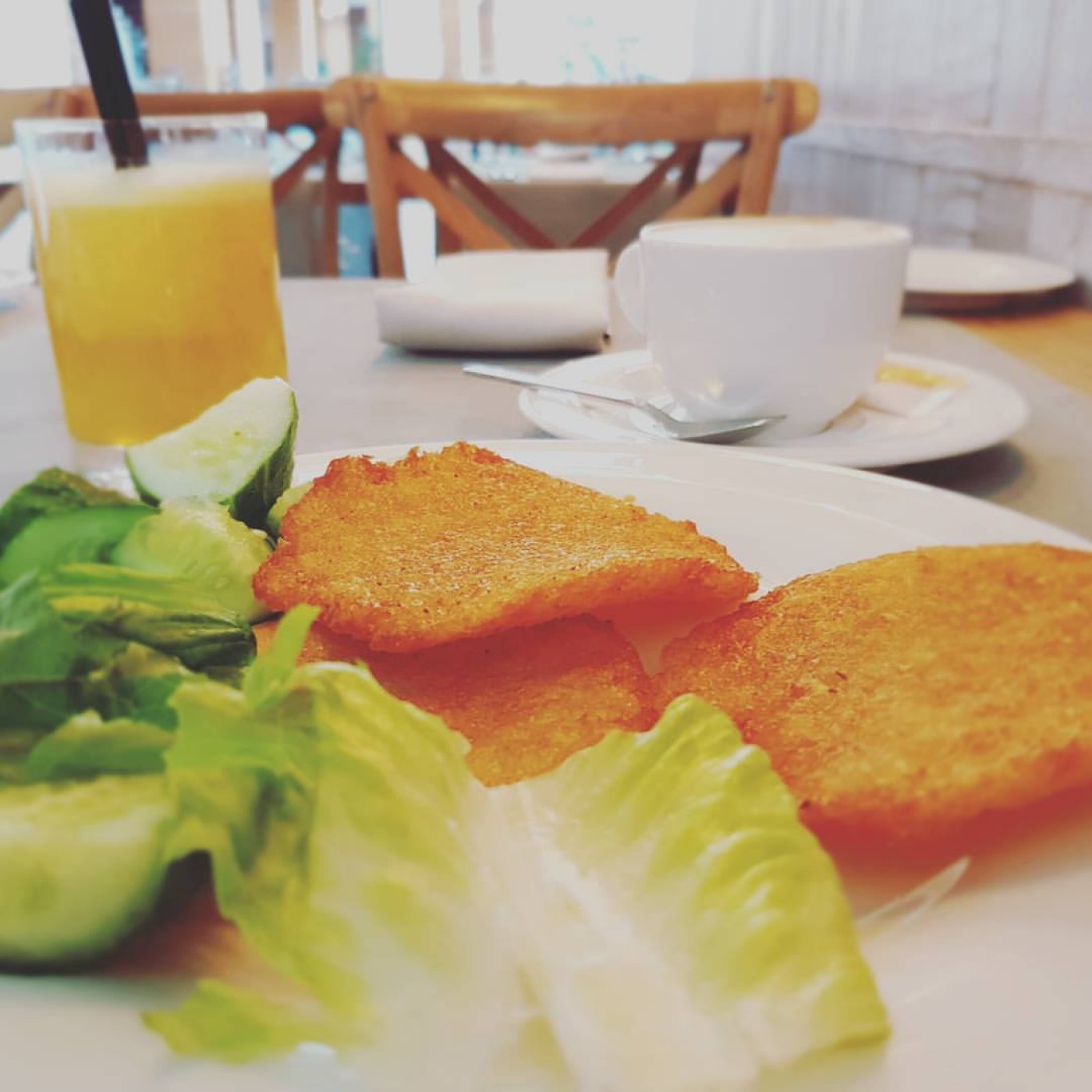
We have a view of the world, but Animals have a sense of the world, do you see?
Olga Tokarczuk is a Polish environmental activist, writer, winner of the Nobel Prize for Literature 2018 and vegetarian (mostly vegan).
Czechia
Last weekend I was in Prague to make sure the favourite Czech dish “knedliky” can be veganized in a delicious way. So I went to the restaurant Vegan House in Karlovsky and asked for this 100% classic Czech dish... .
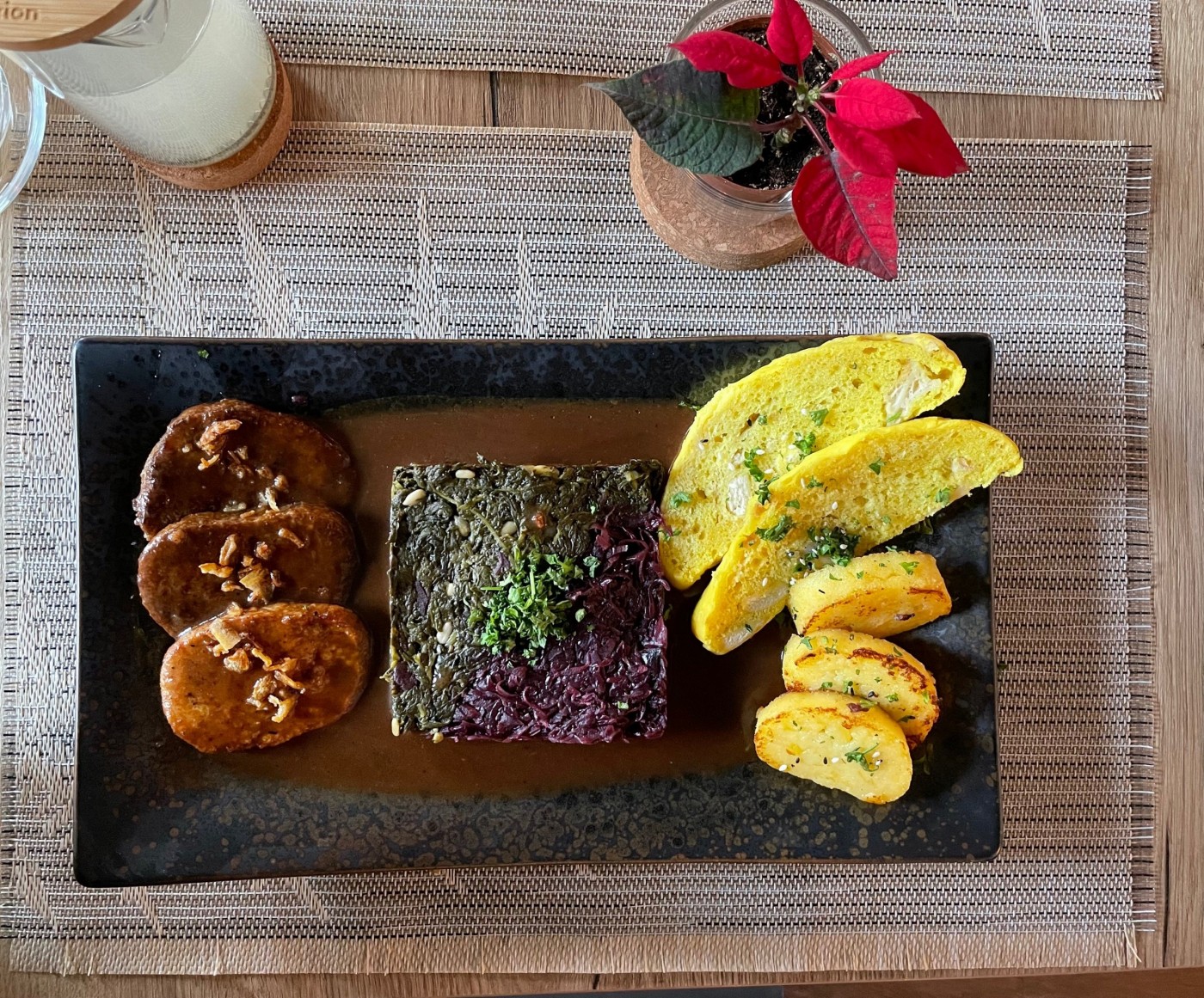
Looks good? It tastes amazing.
On the plate they served two types of knedliky made from wheat and potatoes, vegan “meat”, steamed red cabbage and spinach. Knedliky or dumplings, steamed and sliced like bread, are one of mainstays of Czech cuisine and typically served with meals. There are two main ingredients for knedliky – wheat or potatoes. Braised red cabbage is a staple in Czech cuisine and can also be served solo. I have picked out three recipes that you can use to recreate the dish at home:
Actually, Prague is a cool place to eat vegan: There are over 50 vegan cafes and restaurants. I missed the Vegan Garden because it’s open only during working days, but I quickly found another amazing vegan place.

I am jealous of our Prague colleagues because they can easily eat sustainable and delicious plant-based food.
And for dessert, a few interesting facts:
- In 2020, the Czech vegan band Production Lovers was shortlisted for the Eurovision Song Contest.
- The Czech born writer Franz Kafka was an ethical vegetarian. Britannica lists him as one of the eight most famous vegetarians.
To animalise is humane, to humanise is animal.
Slovakia
My first trip beyond the Iron curtain took me to Slovakia, to Žiar nad Hronom. It was a school exchange trip and we stayed with families. One of the bright spots of the trip was the family’s welcome dinner with cucumber salad and halushky, the Slovakian meal classics.
Here are the veganised recipes:
Uhorkový Šalát (cucumber salad) - a simple but delicious recipe. If you would like to make it even simpler, you can replace the sauce with vinegar.
Halušky with stewed sauerkraut and tempeh bacon (vegan strapačky) - this hearty and nourishing dish is probably the essence of Slovak national cuisine. The potato dumplings are richly filled with cottage cheese and bacon, but in this version the chef has replaced it with healthy plant-based alternatives: spicy sauerkraut and the solid protein source tempeh.
Soups are also integral part of the Slovak national cuisine. I veganised a recipe of the authentic Slovak soup cesnaková polievka, a garlic cream soup, myself after a visit to Bratislava. Here is the recipe and a few snapshots from my trip and insights into vegan Bratislava.
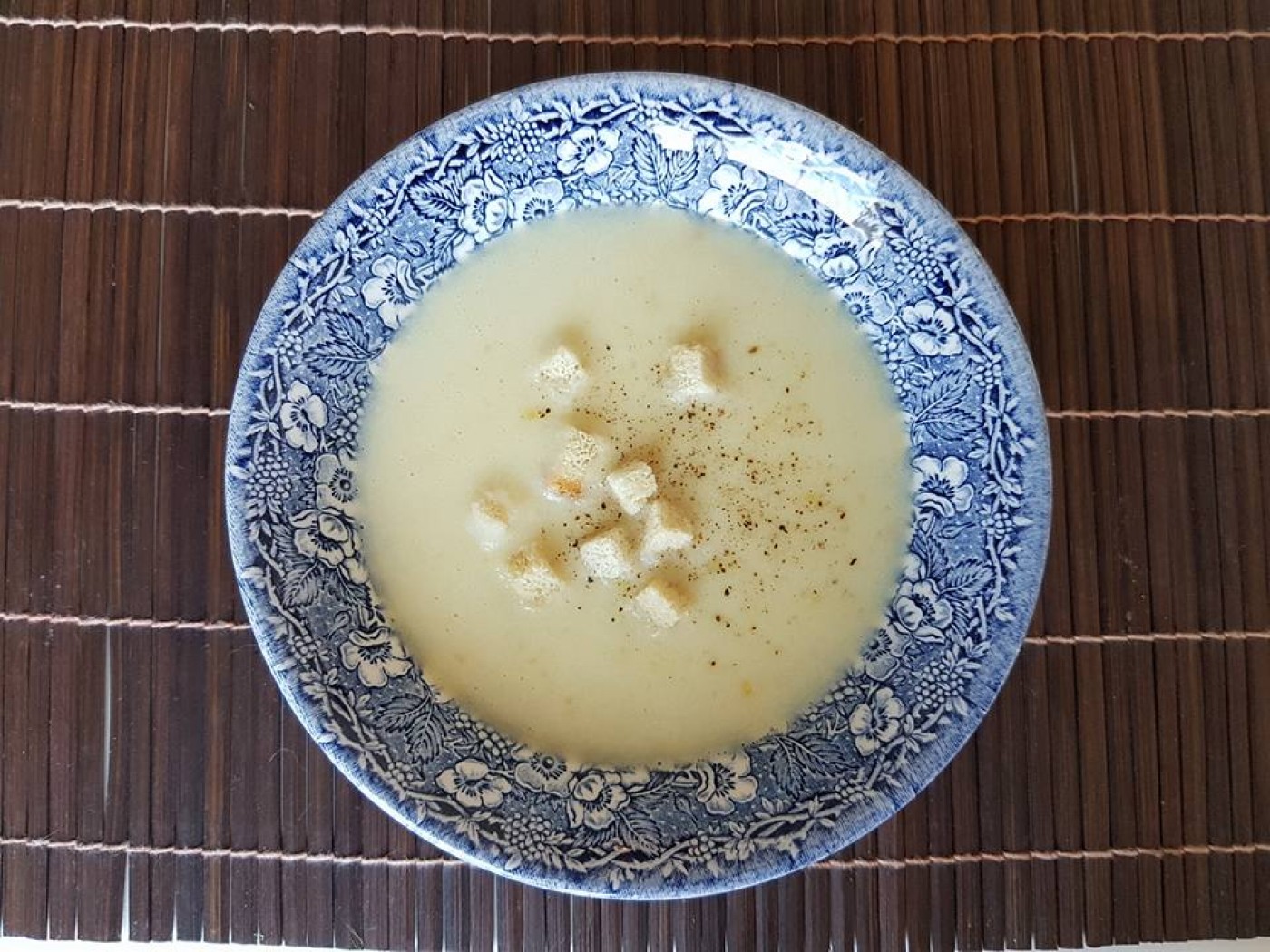
Hungary
The Hungarian vegan goulash impressed me so deeply that I think it should be honoured with a solo presentation: You see, I have been assembling trios for each other country.
I spent more than a month in Budapest for training in the beginning of my banking career. At the time, I thought it was impossible to reproduce this famous Hungarian dish with only plants. And voila. The chef at Vegan Gardens in the centre of Budapest exceeded all possible expectations. My friends from London, who met for lunch out of solidarity and curiosity ended up saying that they were so pleasantly surprised that vegan food can be delicious and satisfying.
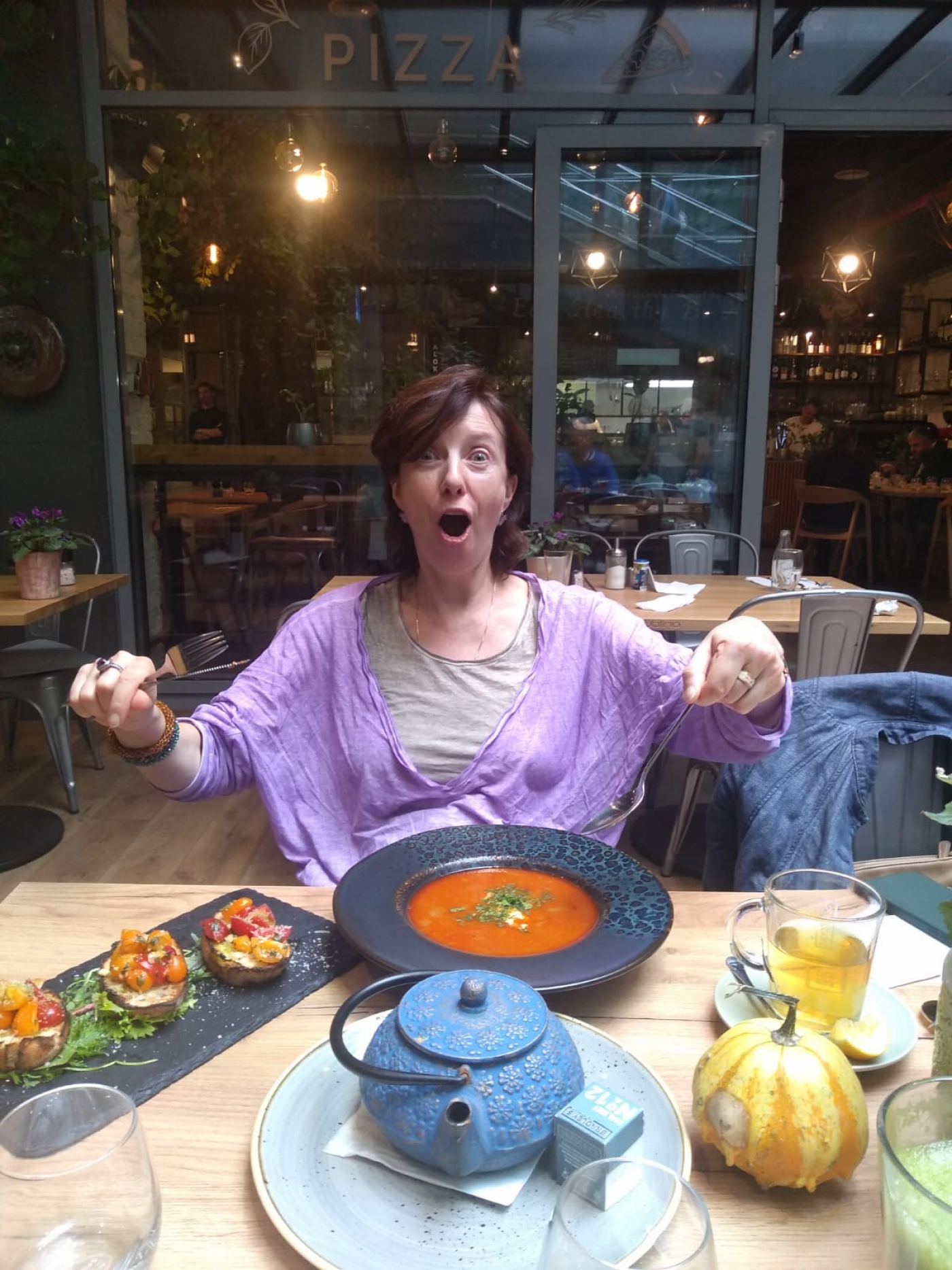
If you want to recreate a goulash at home, I recommend this recipe.
And here are some goulash facts that might interest you:
Goulash, or as the Hungarians call it, gulyás, means “herdsman”. It probably dates back to the 9th century, when Magyar shepherds prepared a simple stew in heavy iron kettles. Over time, Goulash became spicier as the Ottoman Turks introduced a new spice, paprika, to Hungary, which became an integral part of any Hungarian kitchen.
Bulgaria
Bulgarian national cuisine and culture absorbed and gently stirred the best from the region, the Balkans, Greece and Turkey. The key ingredient of the Bulgarian table is the hospitable and rich set of meals that allow people to spend time together, talking and enjoying in a relaxed and joyful atmosphere, similar to a plentiful mezze.
Here are a few favourite Bulgarian recipes that can be authentically vegan (or veganised versions).
Moussaka is the best known Greek dish, but the name originates from Arabic and can be translated as “pounded”. There are many versions of moussaka, yogurt can be used for the Bulgarian version. Potatoes form the base of the dish and various vegetables with herbs and spices are layered and topped with tomato sauce.
Here is a 100% vegan recipe for moussaka.
Stuffed peppers are beloved in the region and very popular in Bulgarian cuisine, offering a lot of room for the creativity. Here is a very delicious version.

One of the culinary rumours says that the ingredients used for the vegan shopska salad were chosen partly because they resemble the three colours of the Bulgarian flag. In 2014, the shopska salad turned out to be Bulgaria's most recognizable dish in Europe. It was the most popular recipe in a European Parliament initiative called “A Taste of Europe”.
You can find two recipe instructions for it here:
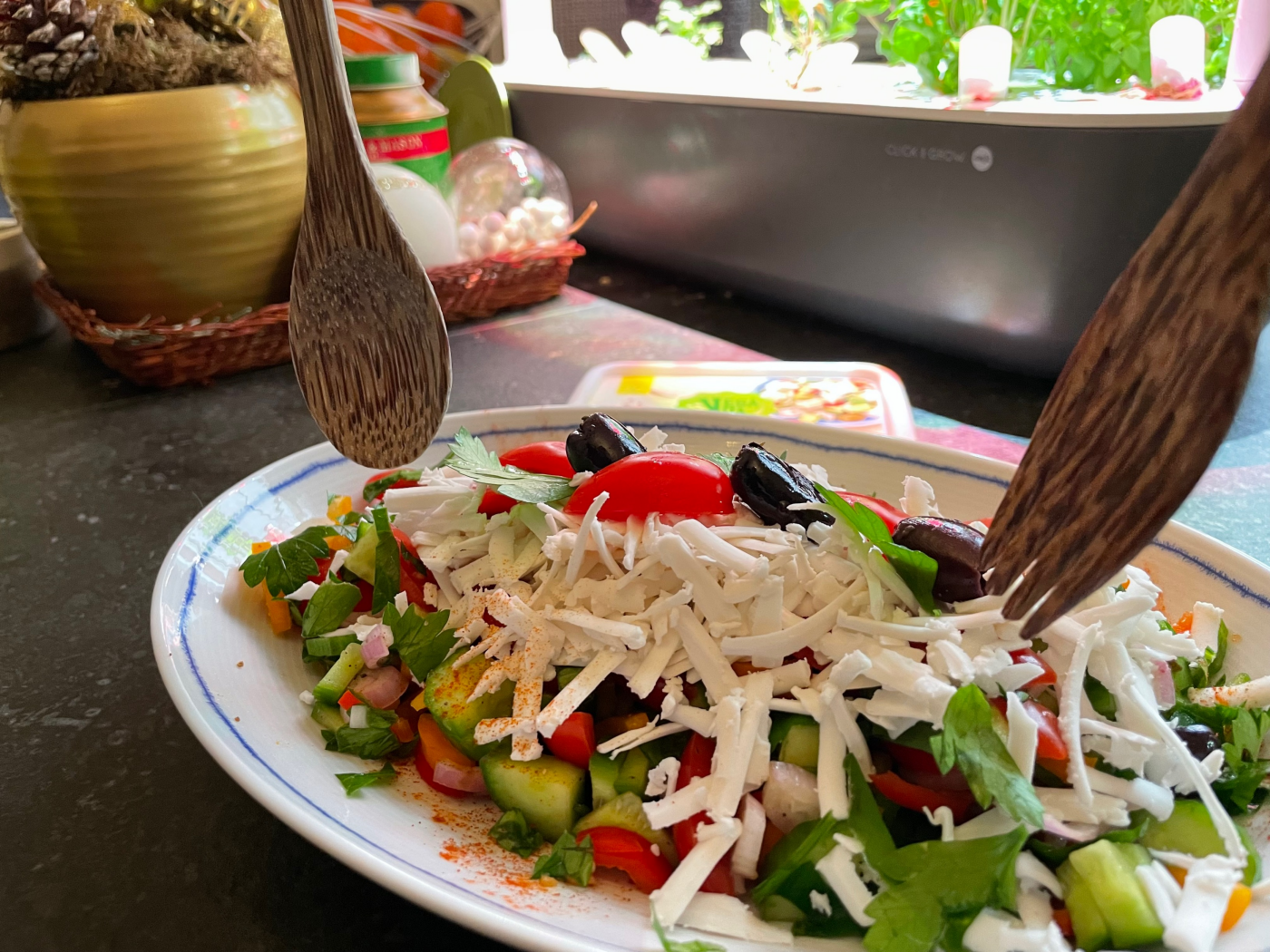
Attention! Spoiler for Vegan CEE Guide, Part II
And in the second part of my Vegan CEE Guide, I will take you to Belgrade, among other places, and I will introduce you to a recipe for vegan syrniki by Ukrainian blogger Indie Cindy.
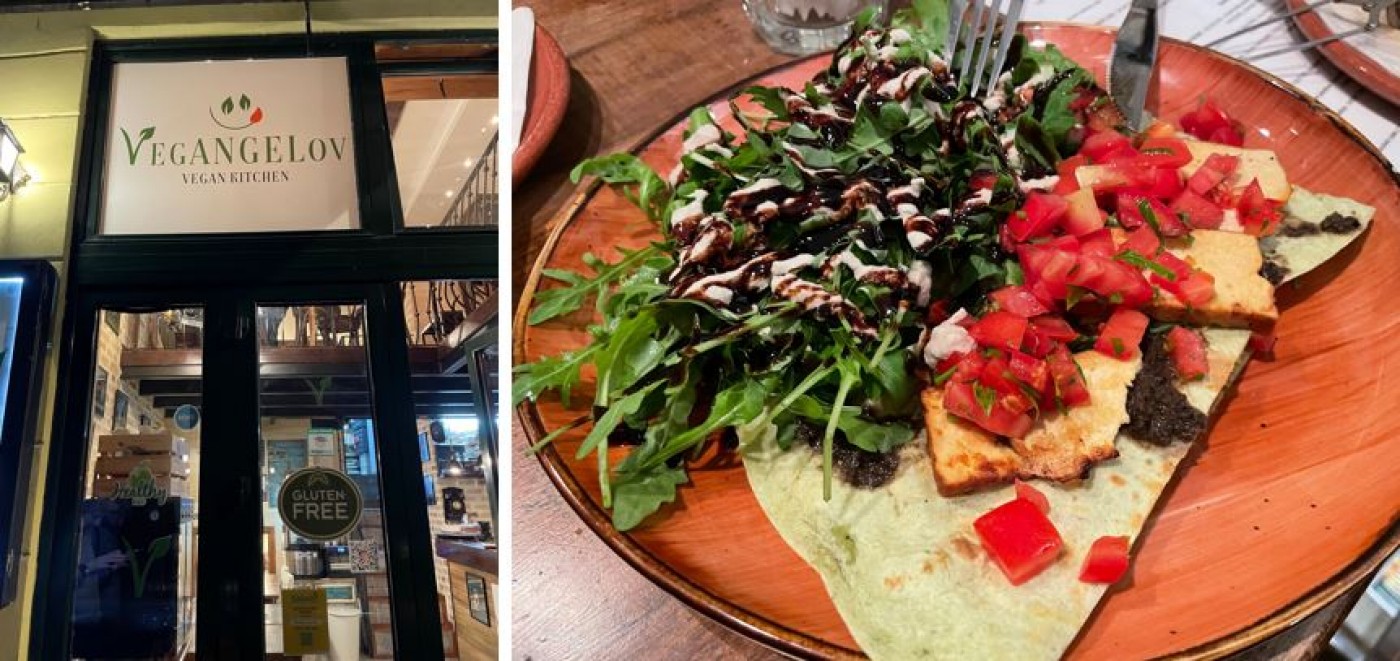
Share your CEE experience
Do you also have a travel tip, a recipe recommendation, useful business customs, interesting traditions or a story about CEE that you would like to share? Write to communications@rbinternational.com and share your experience.
Related News
Be the first
Subscribe to Raiffeisen Insights. Get an email with
the latest trends in the world of economics and business.